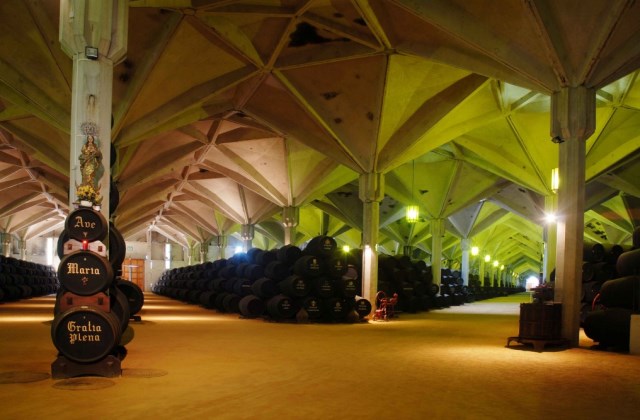
The festive period which is now coming to an end has always been a traditional time to enjoy sherry and mince pies. Perhaps without even realising it, Spain has helped forge British traditions and Christmas 'spirits'.
The Jerez Region in Spain is the origin of a unique and millenary wine-producing tradition and the perfect destination for you to enjoy sense-awakening experiences.
This historical region is the cradle of some of Spain´s most world-renowned wines, sherries and brandies, but it is far more than just a point on the map for wine-lovers. The rich historical and cultural legacy of those who lived here throughout the centuries has left its mark. This, combined with its extraordinary beauty and mild climate, makes Jerez a top tourist destination, known and valued the world over.
At the very tip of the Iberian Peninsula, wedged between the Atlantic Ocean and the Guadalquivir and Guadalete Rivers, is the Jerez Region. Over 7,000 hectares of vineyards which, for centuries, have been the cradle of Sherry and Jerez Brandy, prized gems in the world of wine.
This privileged landscape lies within a triangle-shaped area whose vertices are the towns of Sanlúcar de Barrameda, El Puerto de Santa María and Jerez de la Frontera. This is the only place where the wines and brandies included under the Denomination of Origin Jerez-Xérès-Sherry, Manzanilla de Sanlúcar de Barrameda and the Specific Appellation Jerez Brandy can be produced.
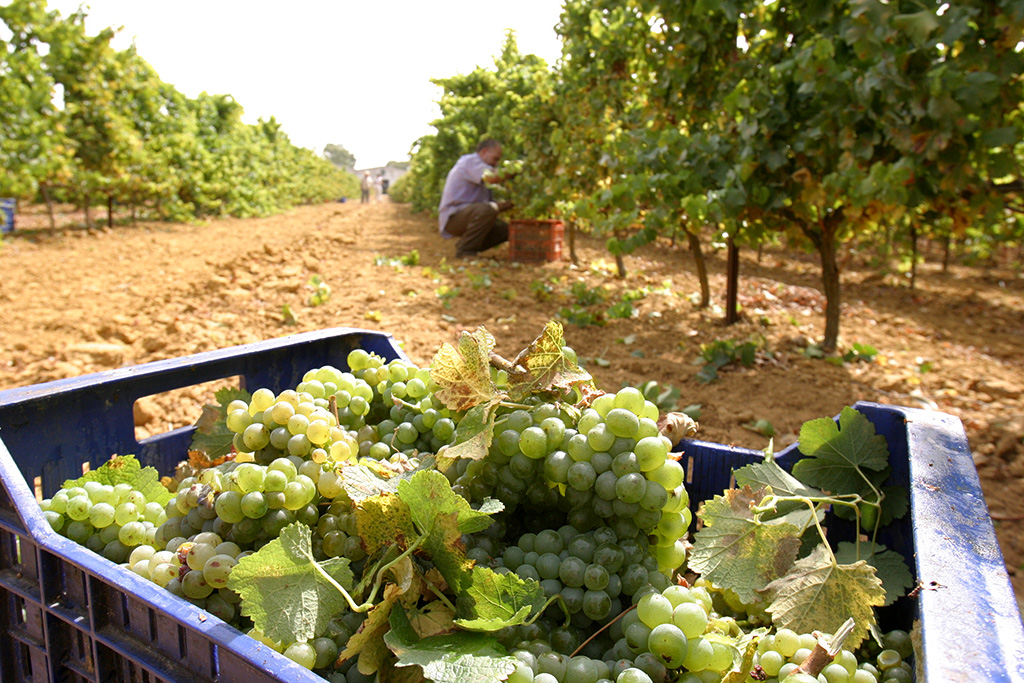
The natural beauty of this wine-growing region is reflected by softly rolling hills of Albariza soil, endless beaches of fine, white sand and the Doñana National Park—all bathed in over 300 days of sunshine a year, lending the Jerez Region its distinctive "Southern flavour"
A journey into the Jerez wine-producing Region always ensures a wide array of pleasant, unforgettable experiences. But discovering the Jerez Region goes far beyond learning about its wines: it means delving into over 3,000 years of history which unfold around every corner you turn.
Greeks, Romans, Arabs...from the Phoenicians up to the present day, many different cultures and peoples settled here, leaving their indelible mark through a vastly diverse cultural and artistic heritage and another legacy...their love of wine.
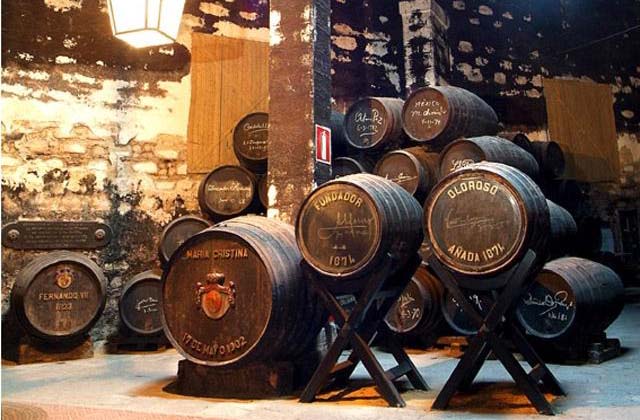
It is one of the oldest wine-producing regions in the world and its Sherry wines and Jerez Brandy are the most international wines and spirits produced in Spain. Throughout the centuries, they have won the approval of widely diverse cultures and tastes
The Jerez Region landscape is dotted with the unmistakable design of its bodegas, where the ageing process of its wines is a matter of tradition, handed down from one generation to the next.
Located in Jerez de la Frontera, Sanlúcar de Barrameda and El Puerto de Santa María, the bodegas resemble temples that, with their grandeur, embody the winemaking tradition of the region, and have become a world-famous tourist attraction in their own right—proof is the fact that Jerez´ bodegas are Europe´s most-visited wine cellars!
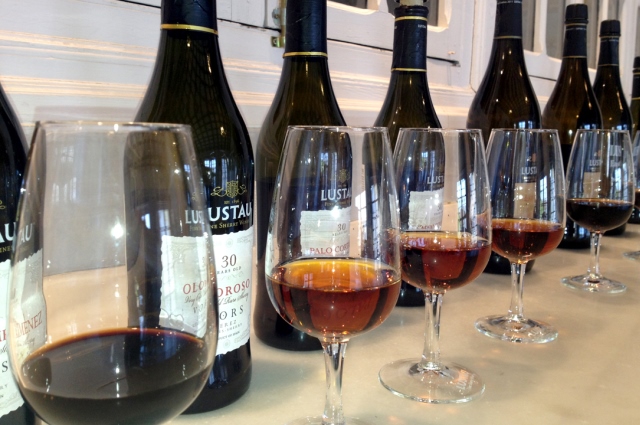
Known as Wine Cathedrals for their majestic proportions, their stillness, tenuous light and unique architectural design with high ceilings and broad arches, the bodegas of Jerez are veritable sanctuaries where homage is paid to the passage of time.
Within the Wine Cathedrals´ walls, not only will you discover some of the world´s finest wines, but also priceless works of art, treasured by the local wine-producing families over the centuries.
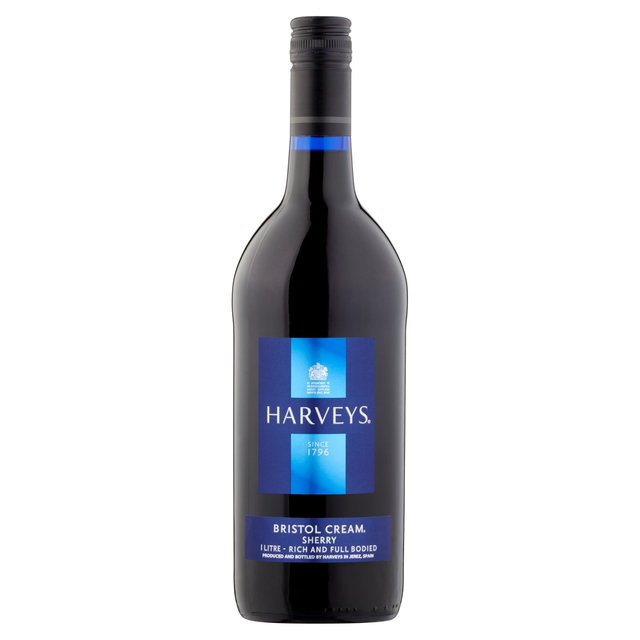 The Jerez Region´s bodegas are veritable sanctuaries where homage is paid to the passage of time. In the silence of its aisles, Sherry and Jerez Brandy age, thanks to carefully preserved methods of production. Traditional practises, handed down from one generation to the next, which make these wines and brandies unlike any other in the world.
The Jerez Region´s bodegas are veritable sanctuaries where homage is paid to the passage of time. In the silence of its aisles, Sherry and Jerez Brandy age, thanks to carefully preserved methods of production. Traditional practises, handed down from one generation to the next, which make these wines and brandies unlike any other in the world.
One of the most well-known sherry's in the UK is Harveys Bristol Cream. The Harveys story began back in 1796 when the company was first founded in an old house on Bristol’s historic Denmark St as an importer of foreign wines. At the time Sherry was imported into Britain from Spain in oak casks by ship, and then blended in Bristol. From there, the sherry making expertise grew and grew to become a national icon of the drink itself.
Harveys vineyards are situated in this very same picturesque region of Jerez where the local winegrowers cultivate a selection of grapes. The region has its own microclimate that contributes to the character and style of the sherry. All of Harveys sherries are aged for an absolute minimum of three years in American oak barrels, known as ‘botas’ around Jerez.
The dynamic ageing process follows the solera and criaderas systems, exclusive to the Jerez Region, according to which the youngest wines contribute their vigour to the older ones, allowing for an extremely long ageing process. That is why the bodegas of Jerez contain some of the world´s oldest wines, many over 20-30 years. Considered true gems, they are carefully stored in darkness in the safest corners of the bodega, known as Sacristies.
Likewise, Jerez Brandy is given repose over the years in these same temples where, just like their Sherry counterparts, cover the long journey of criaderas, in casks of American oak which previously held Sherry wines.
Why not pay them a visit? Here are some suggestions...
http://www.williams-humbert.com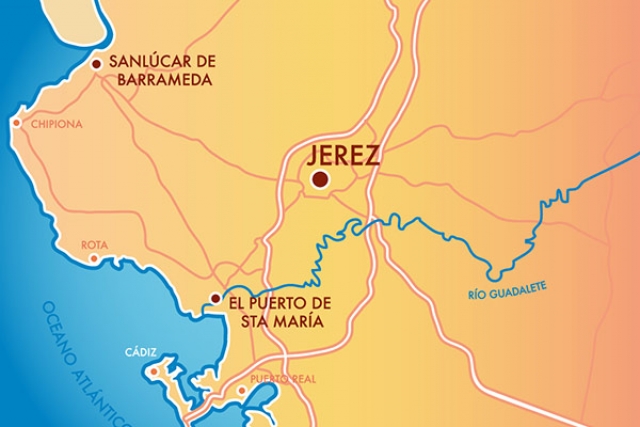
http://http://www.bodegasfundadorpedrodomecq.com
http://www.lustau.es
http://www.bodegastiopepe.com
http://www.maestrosierra.com